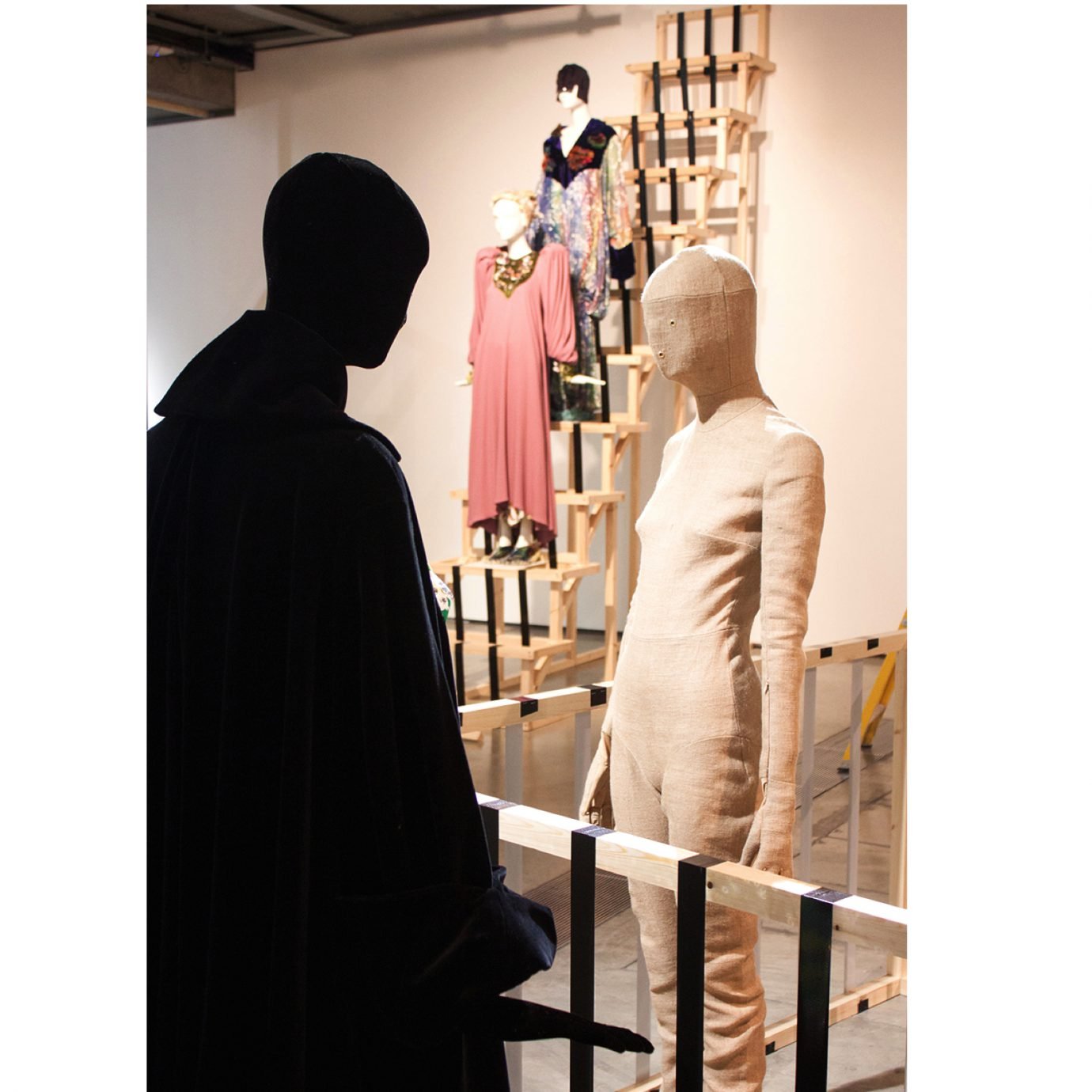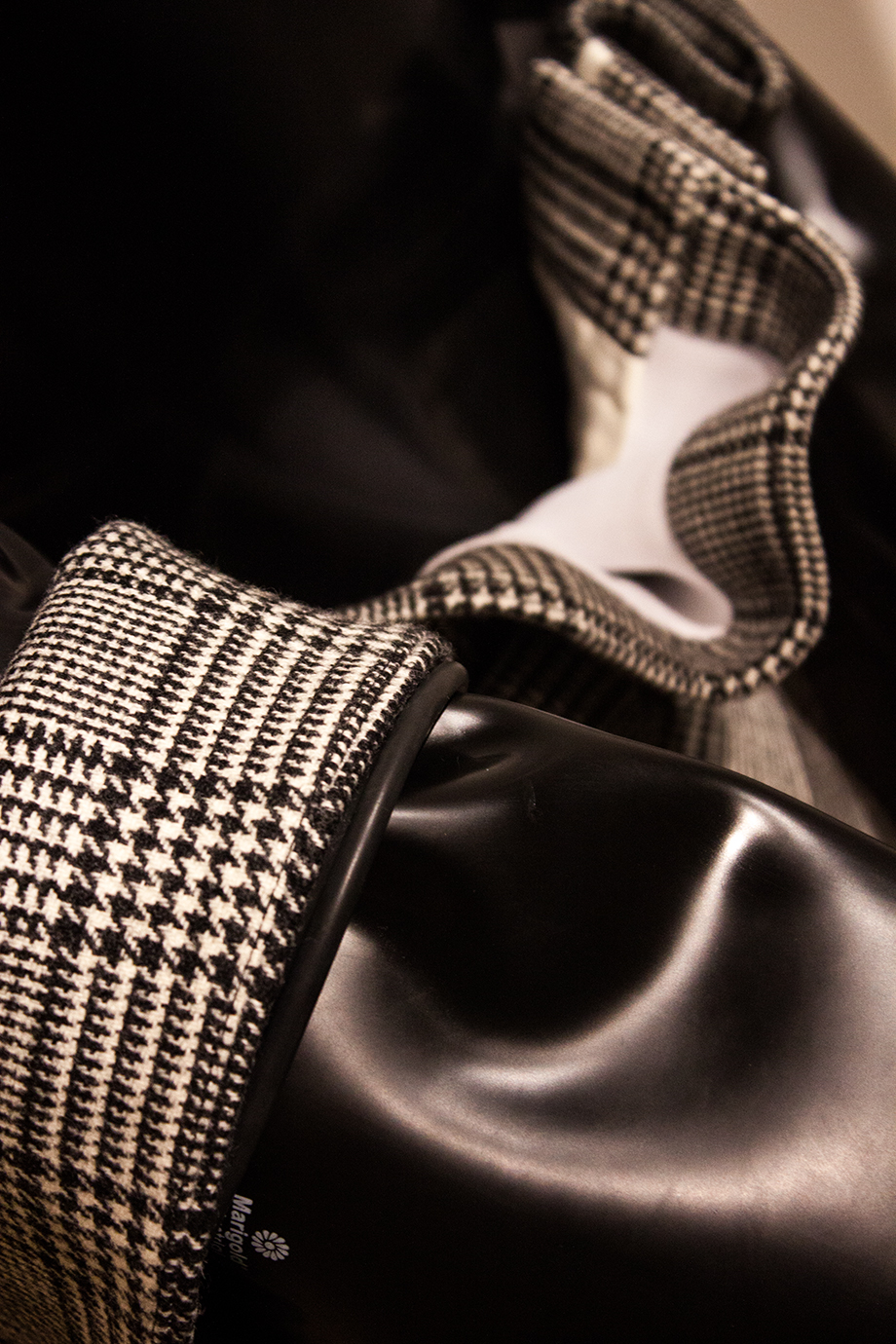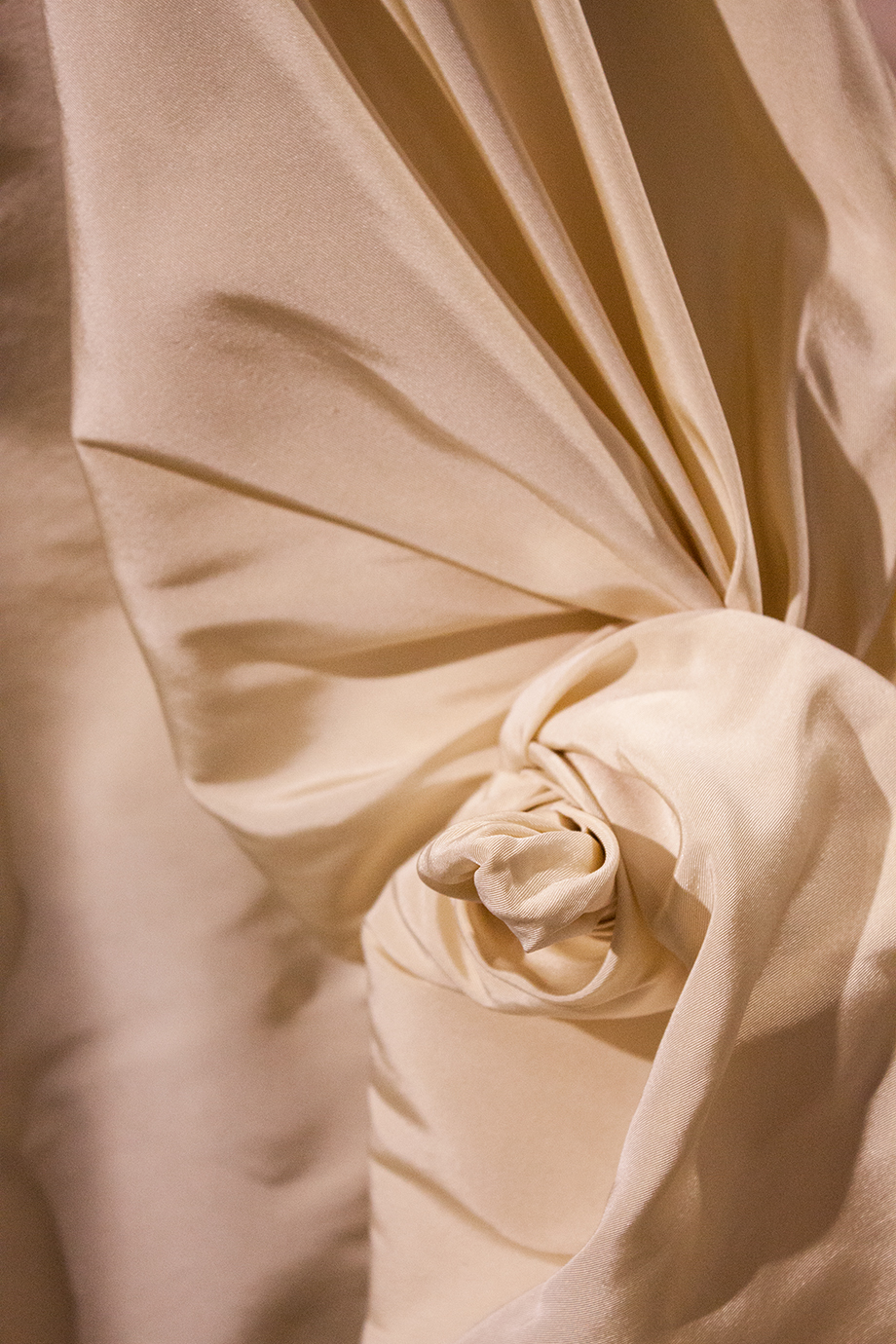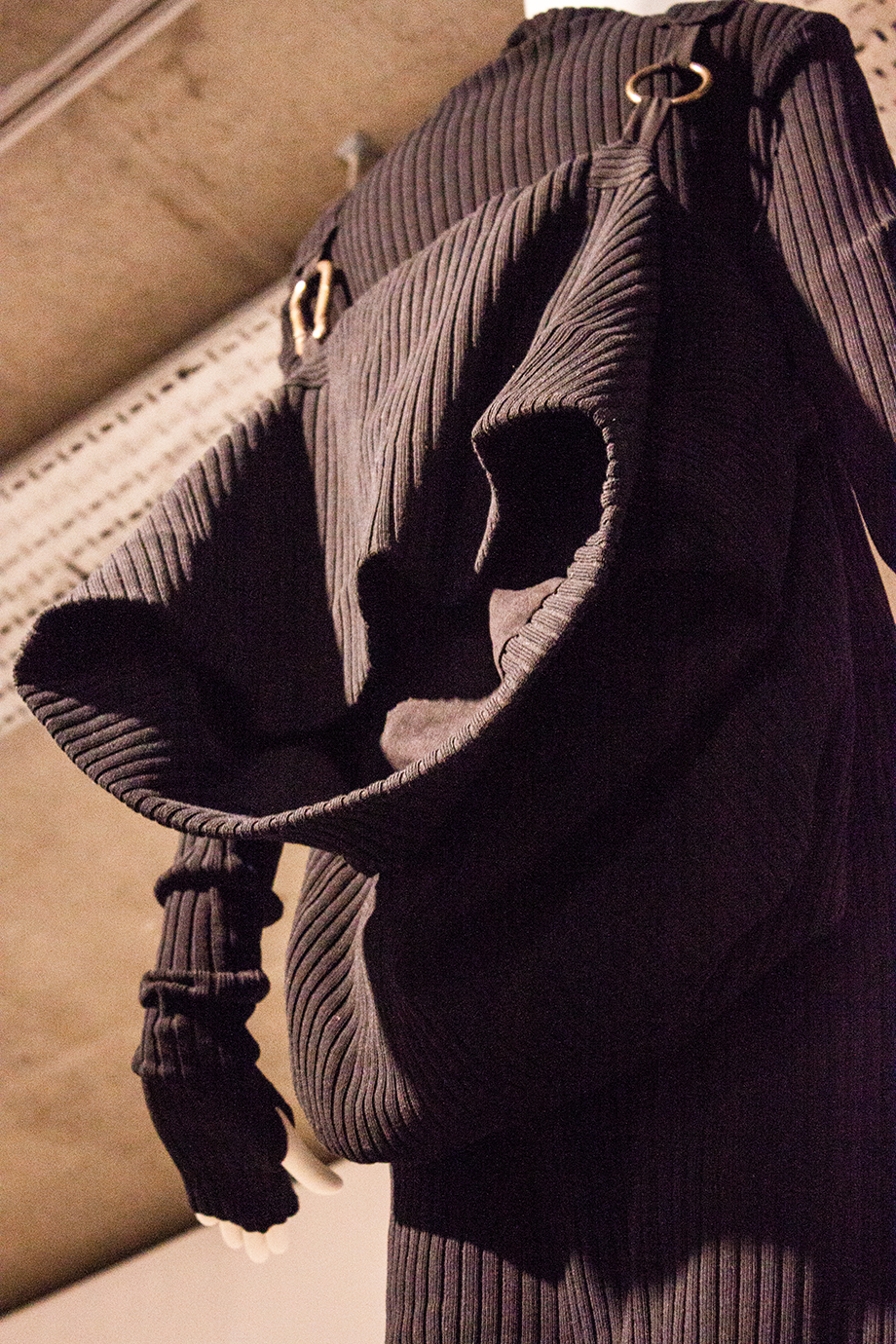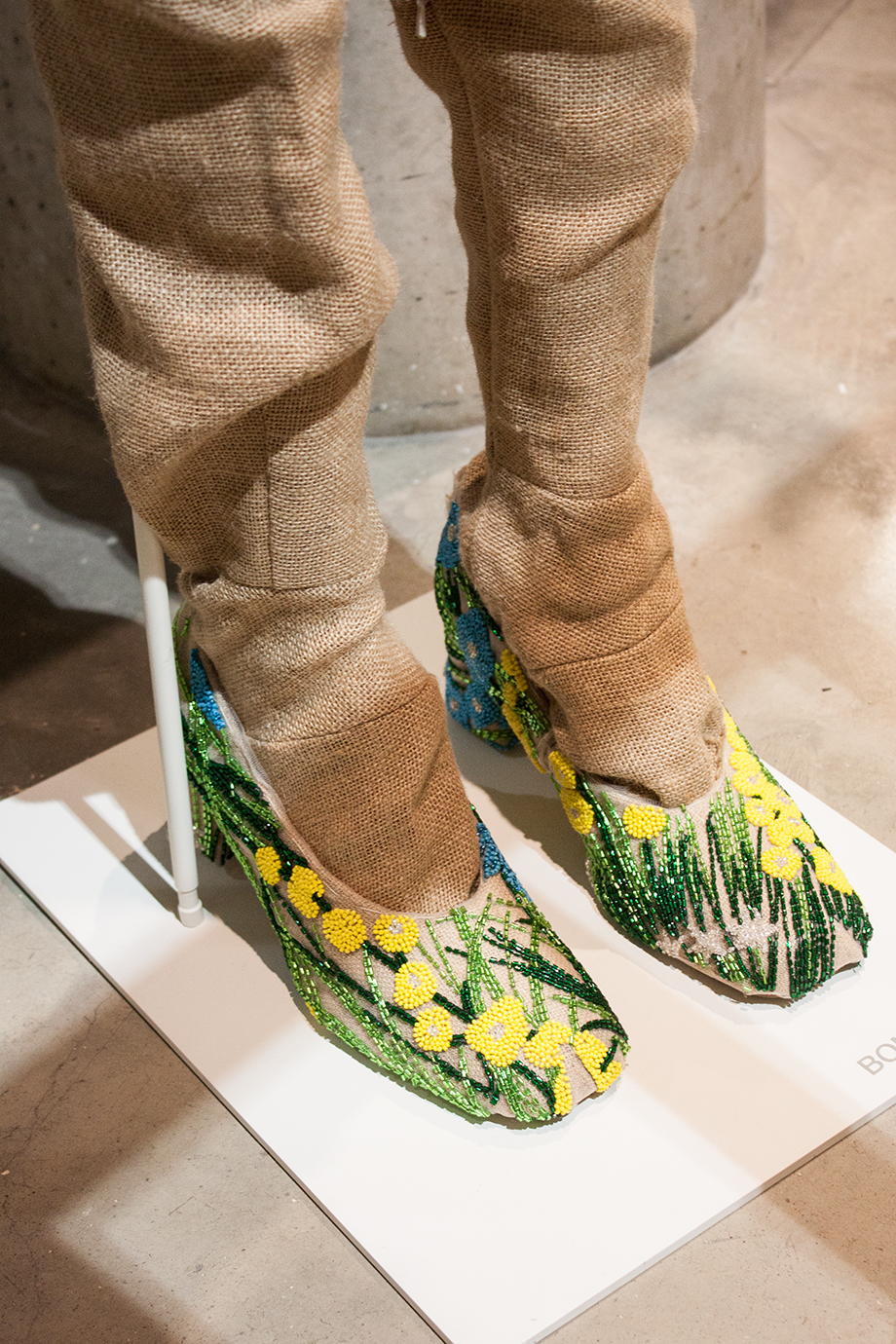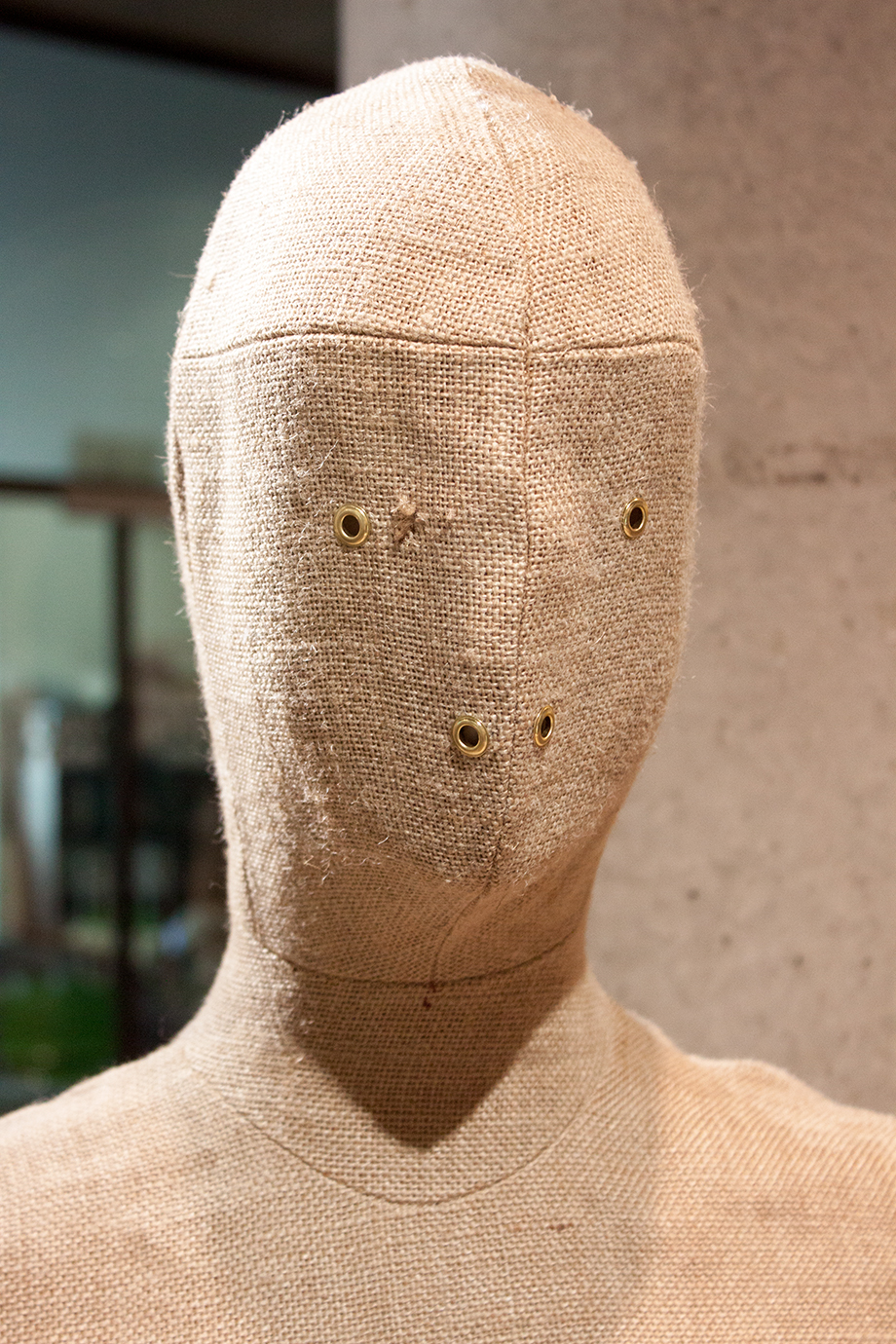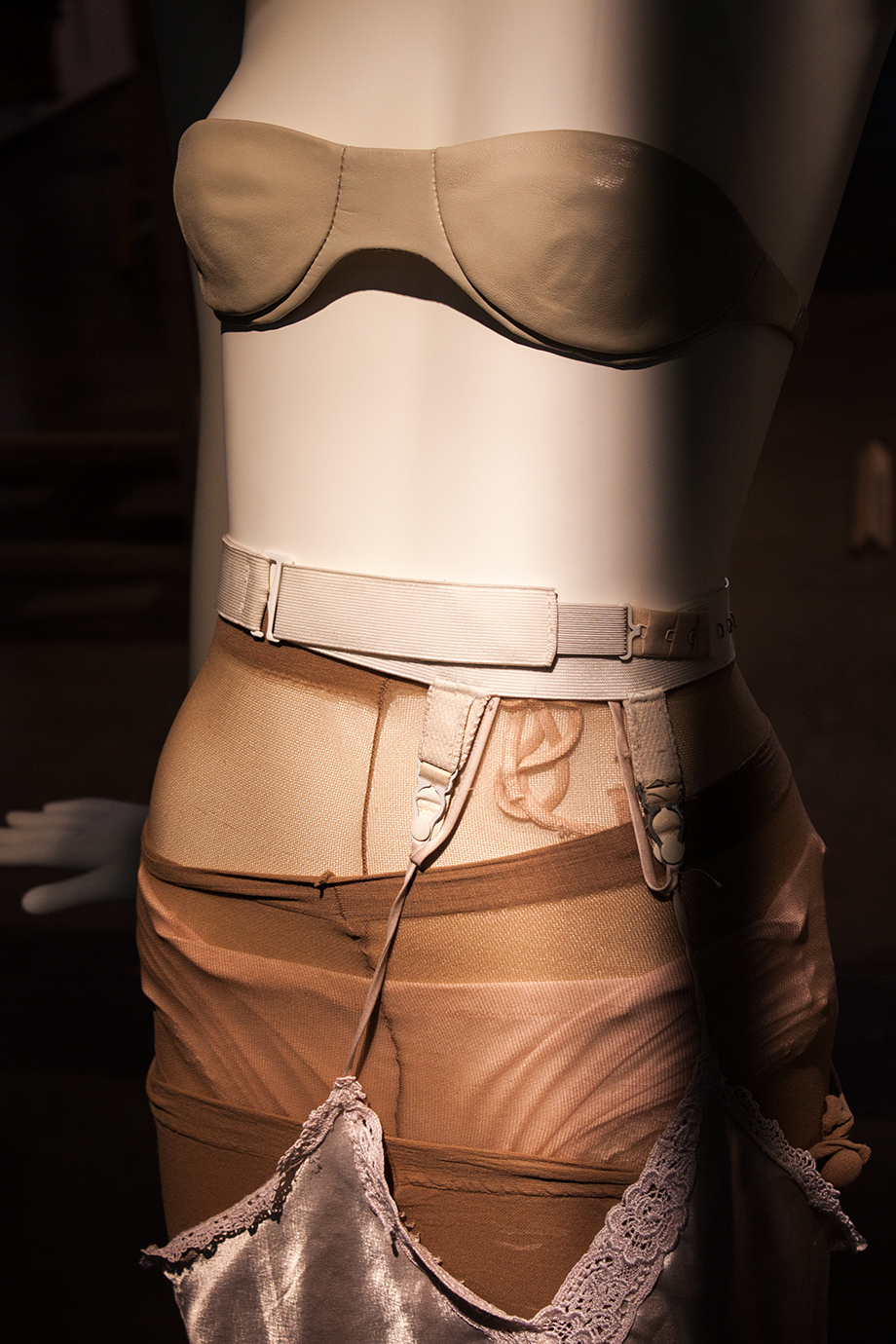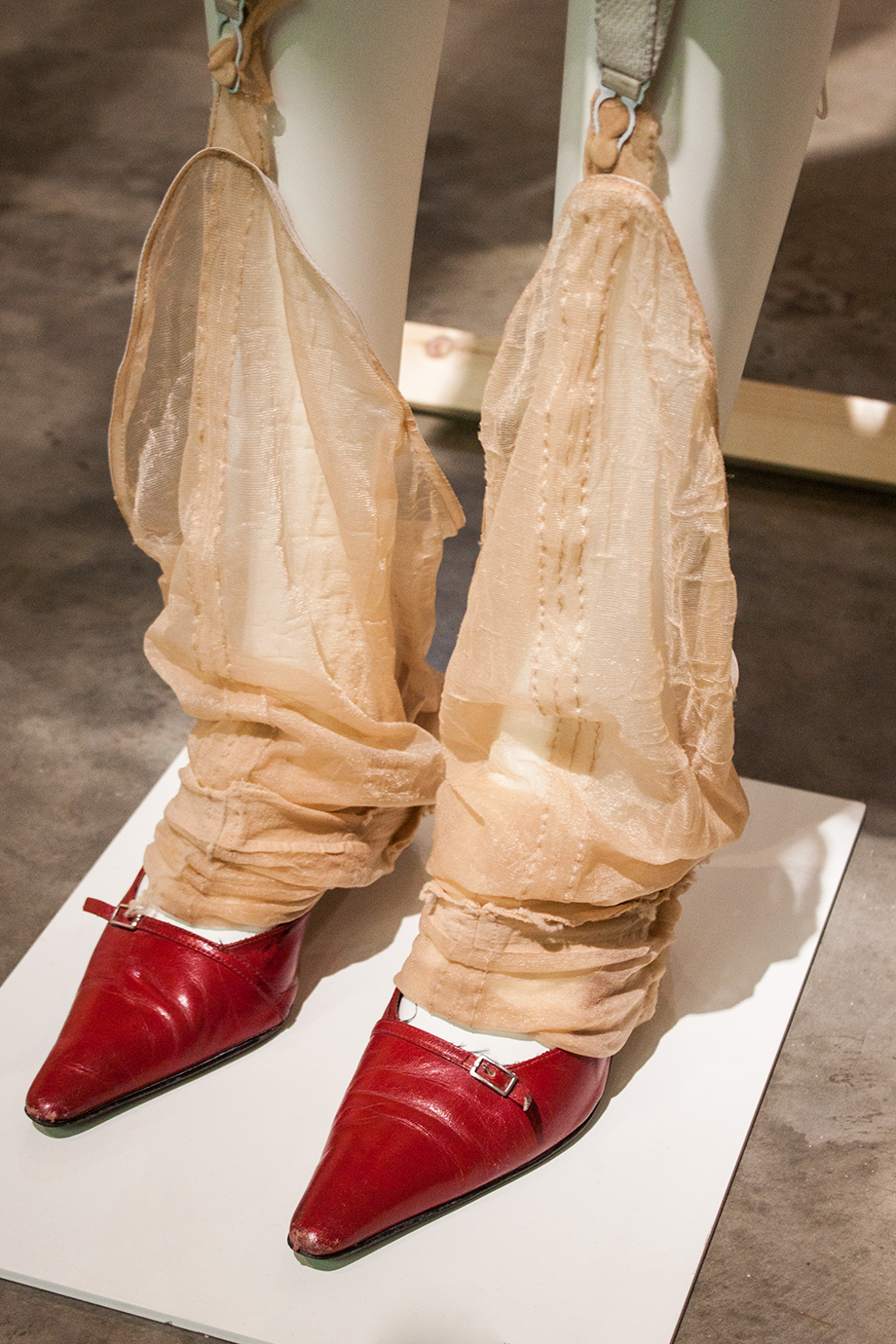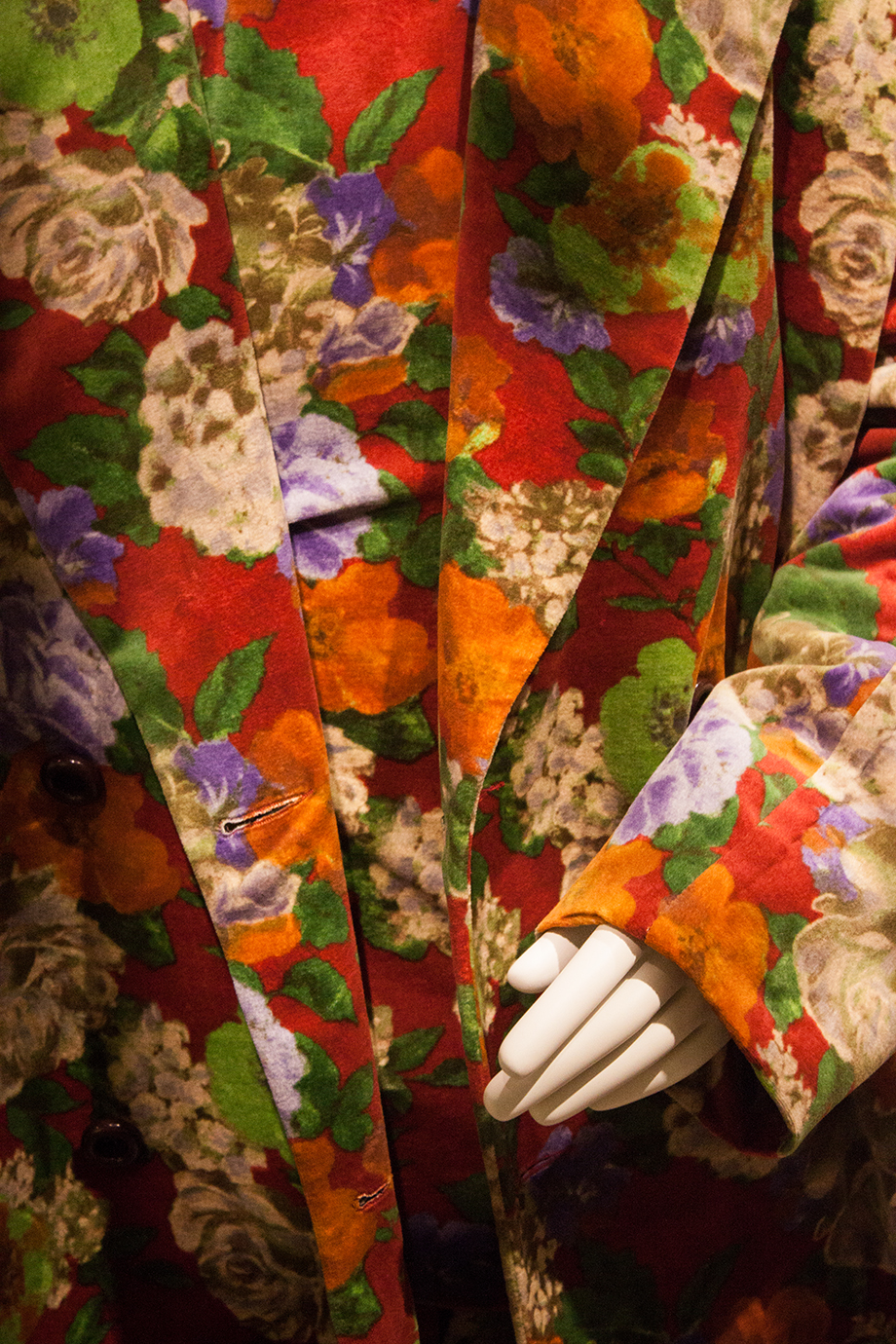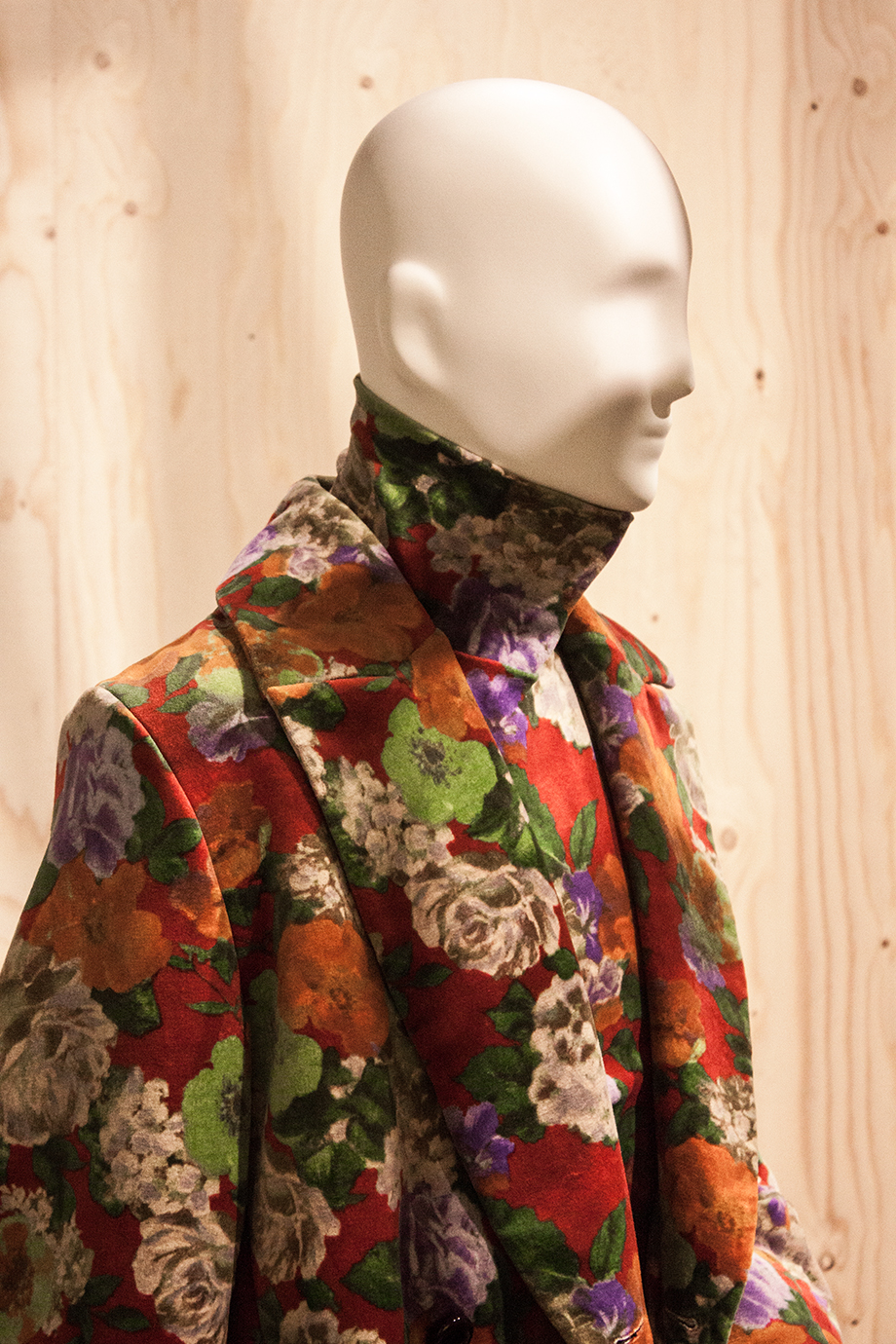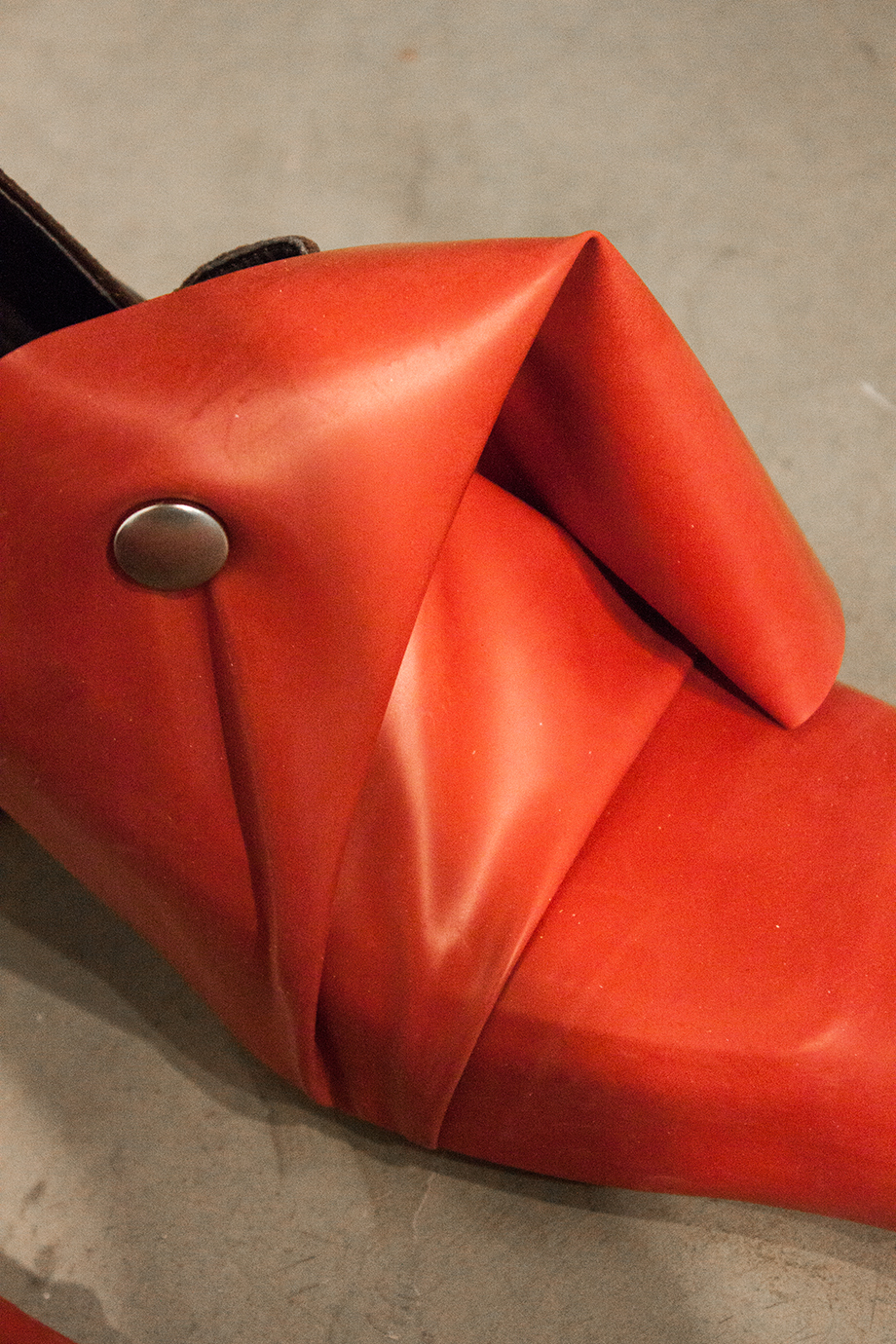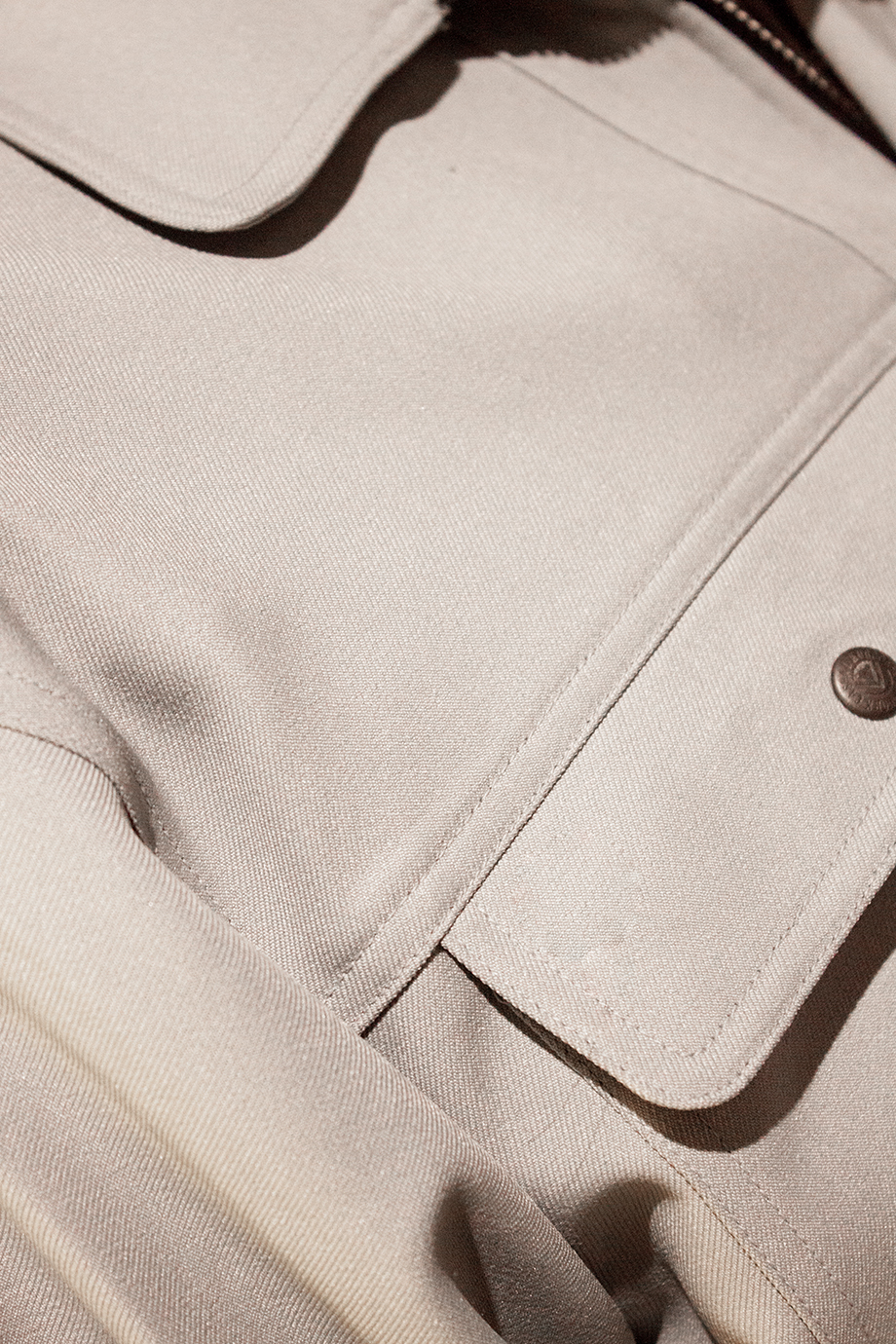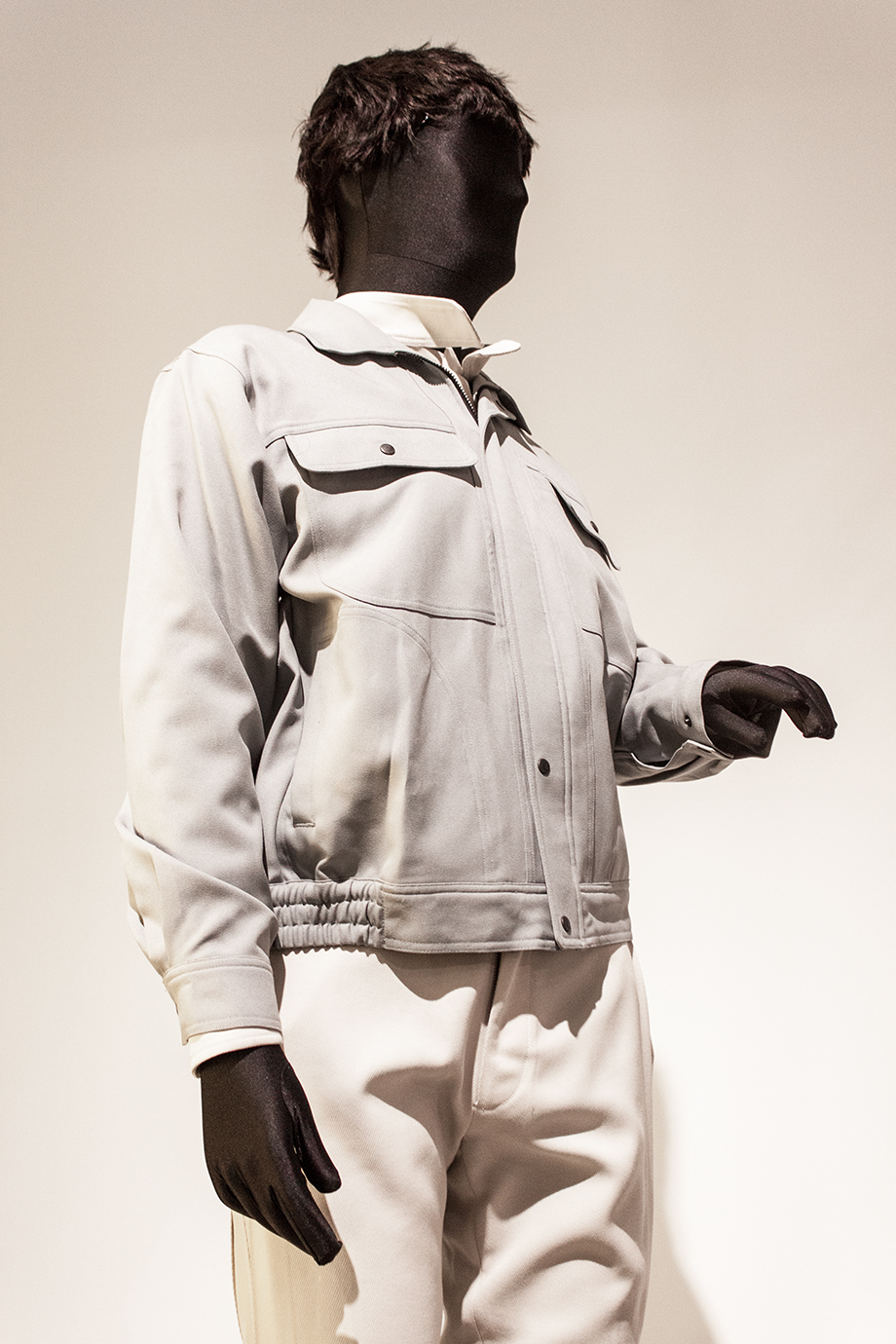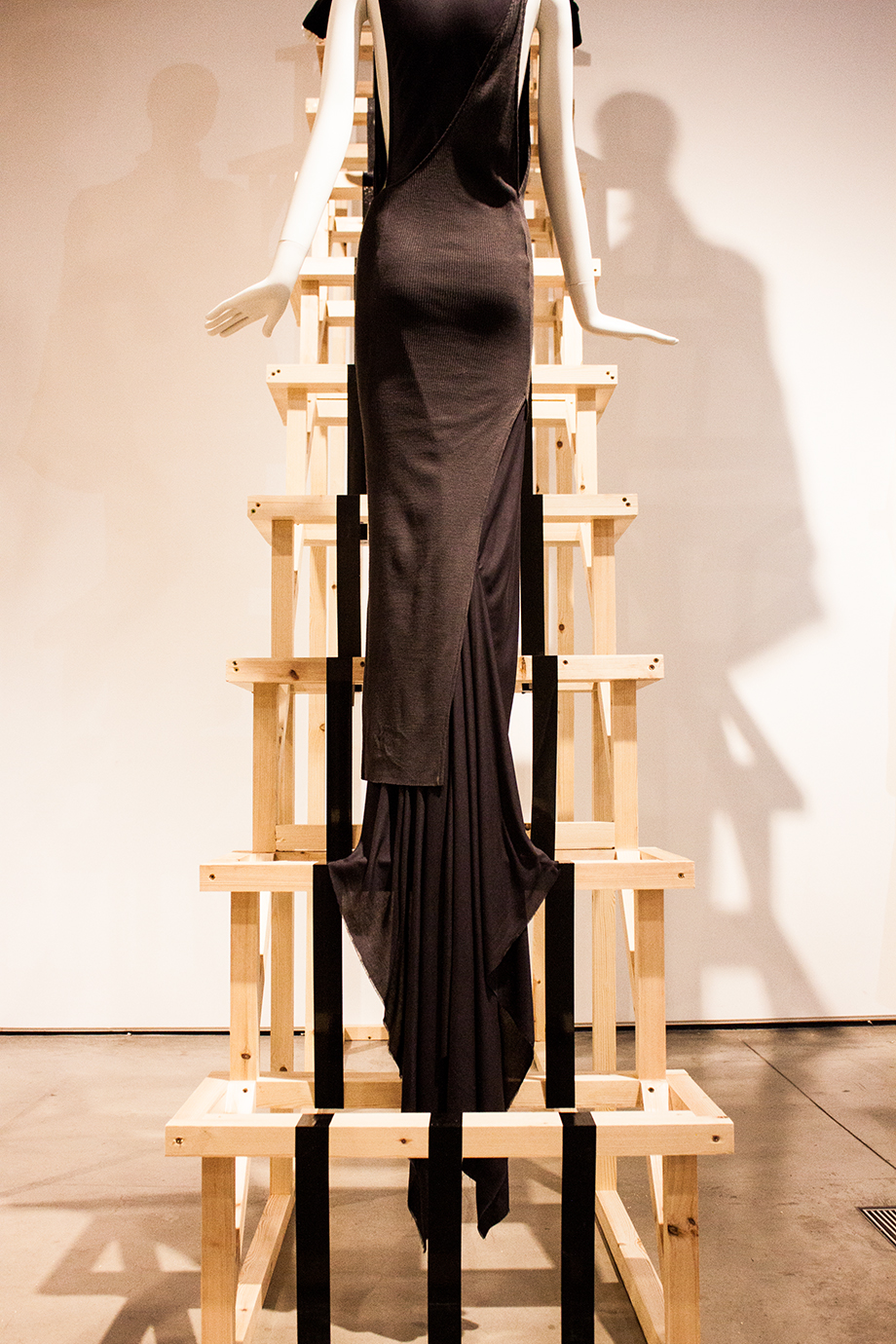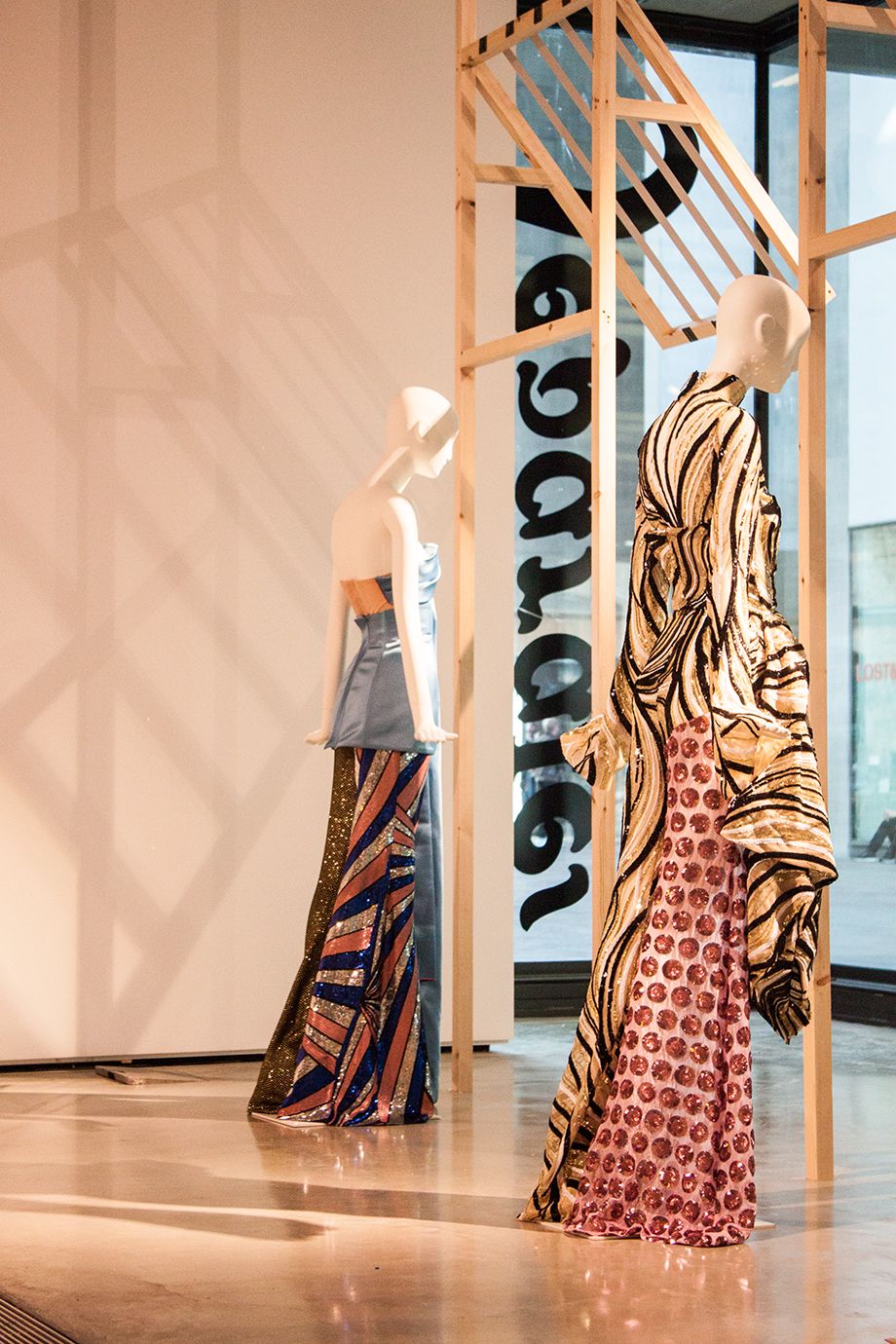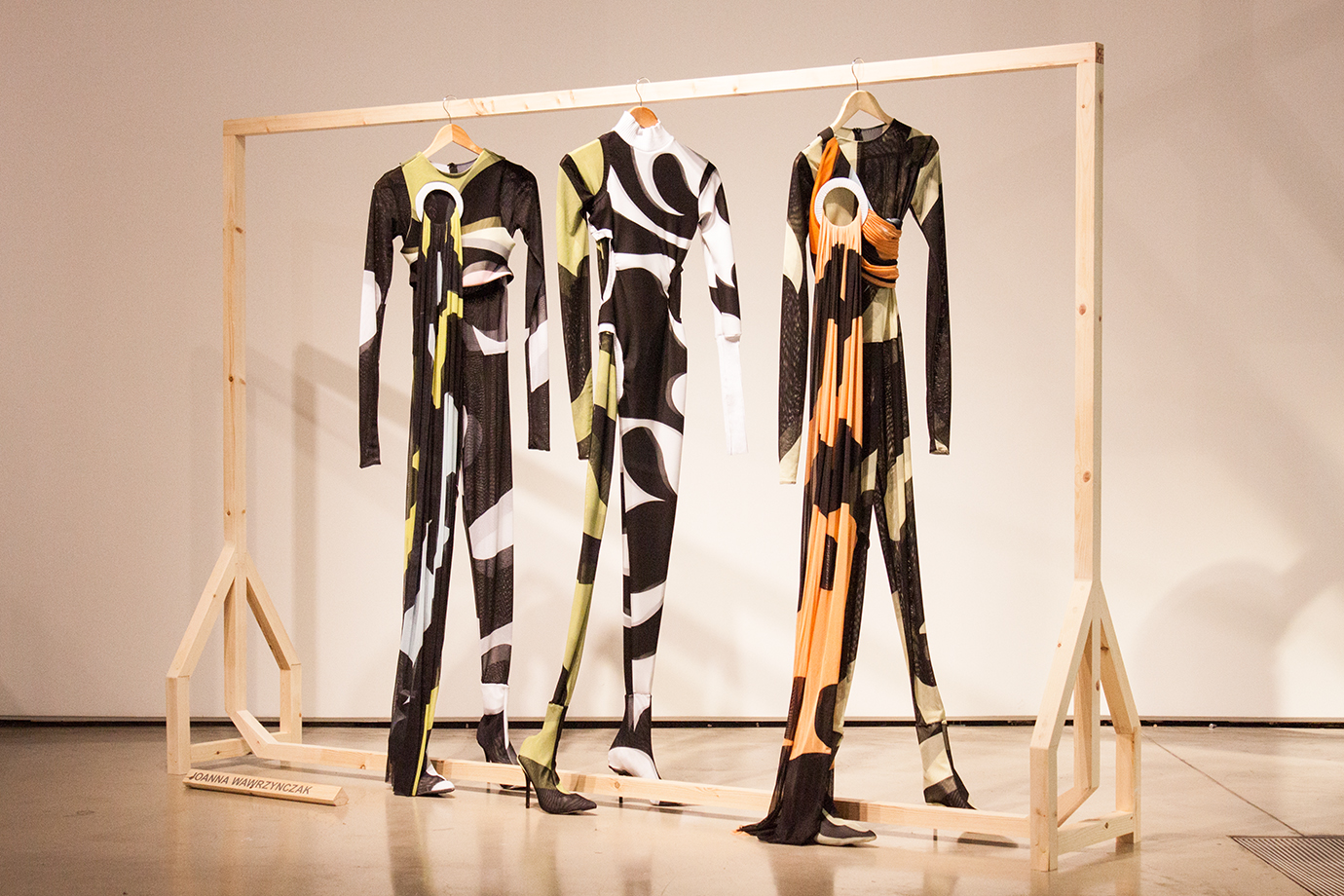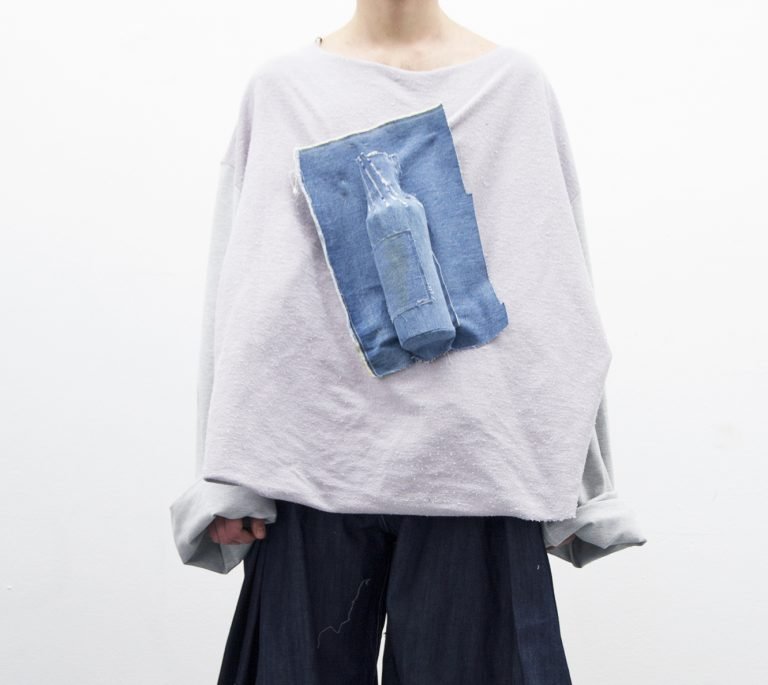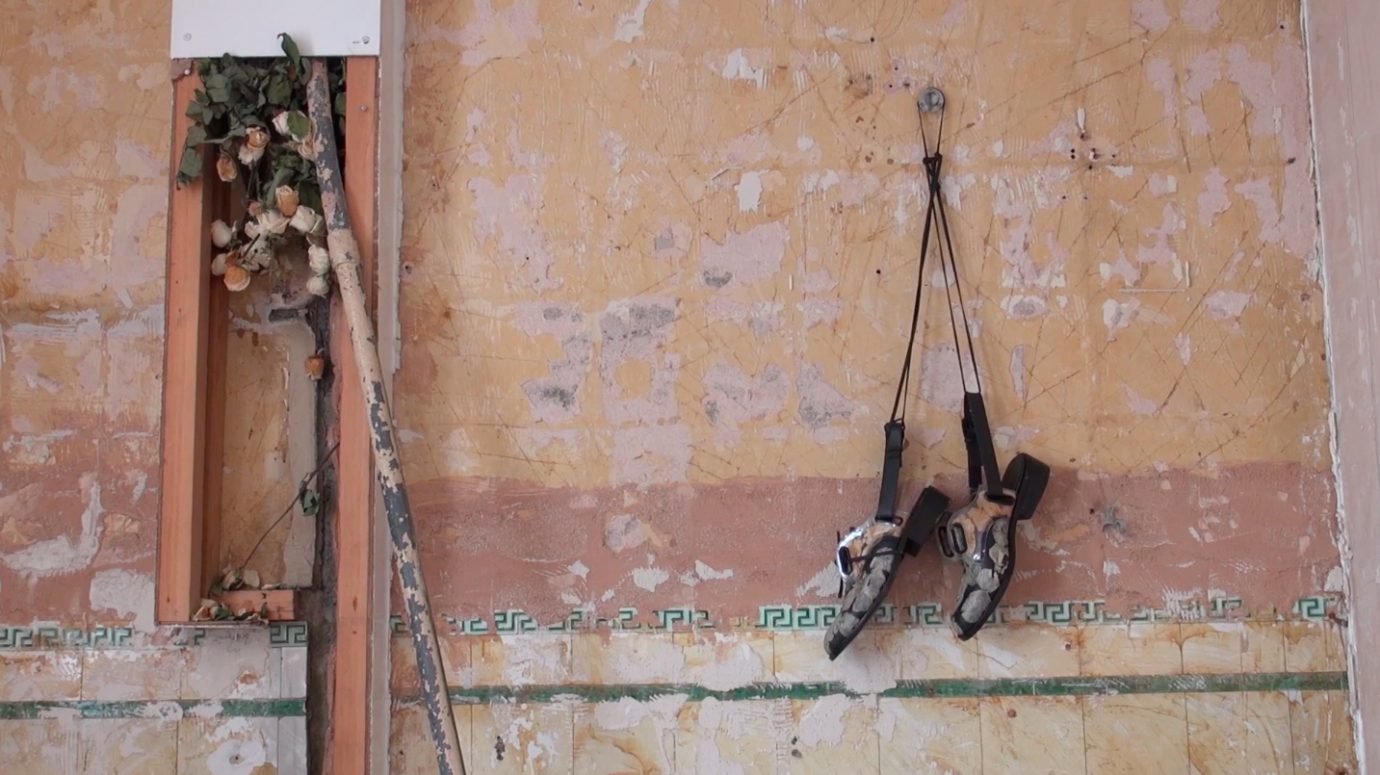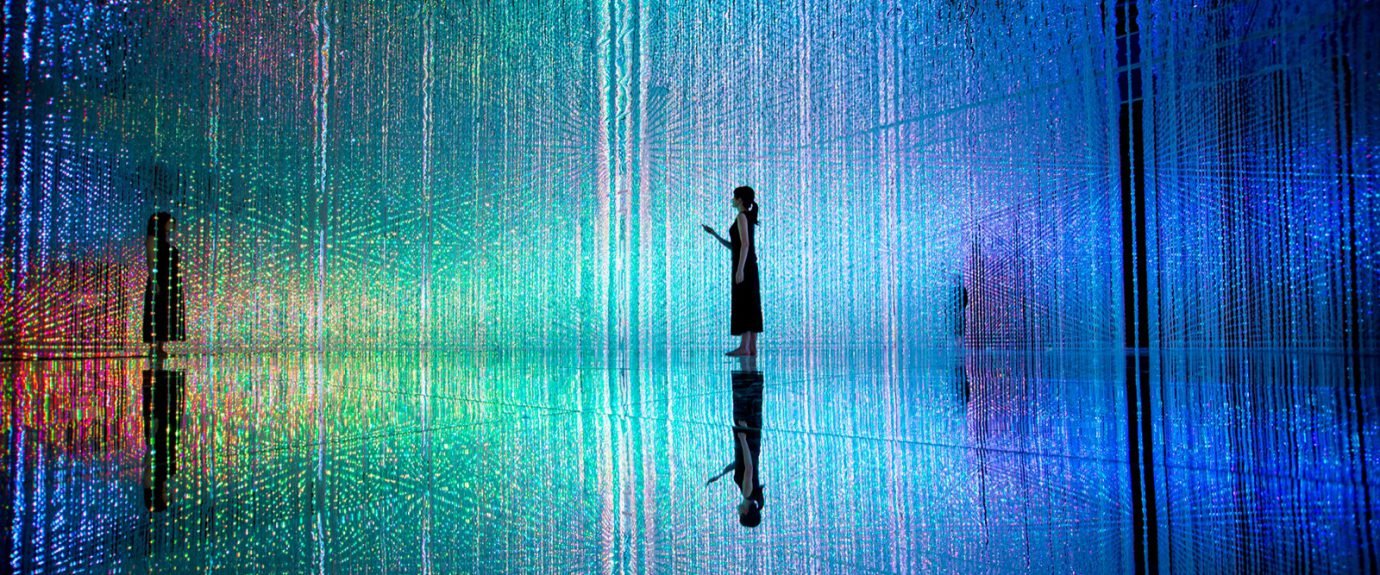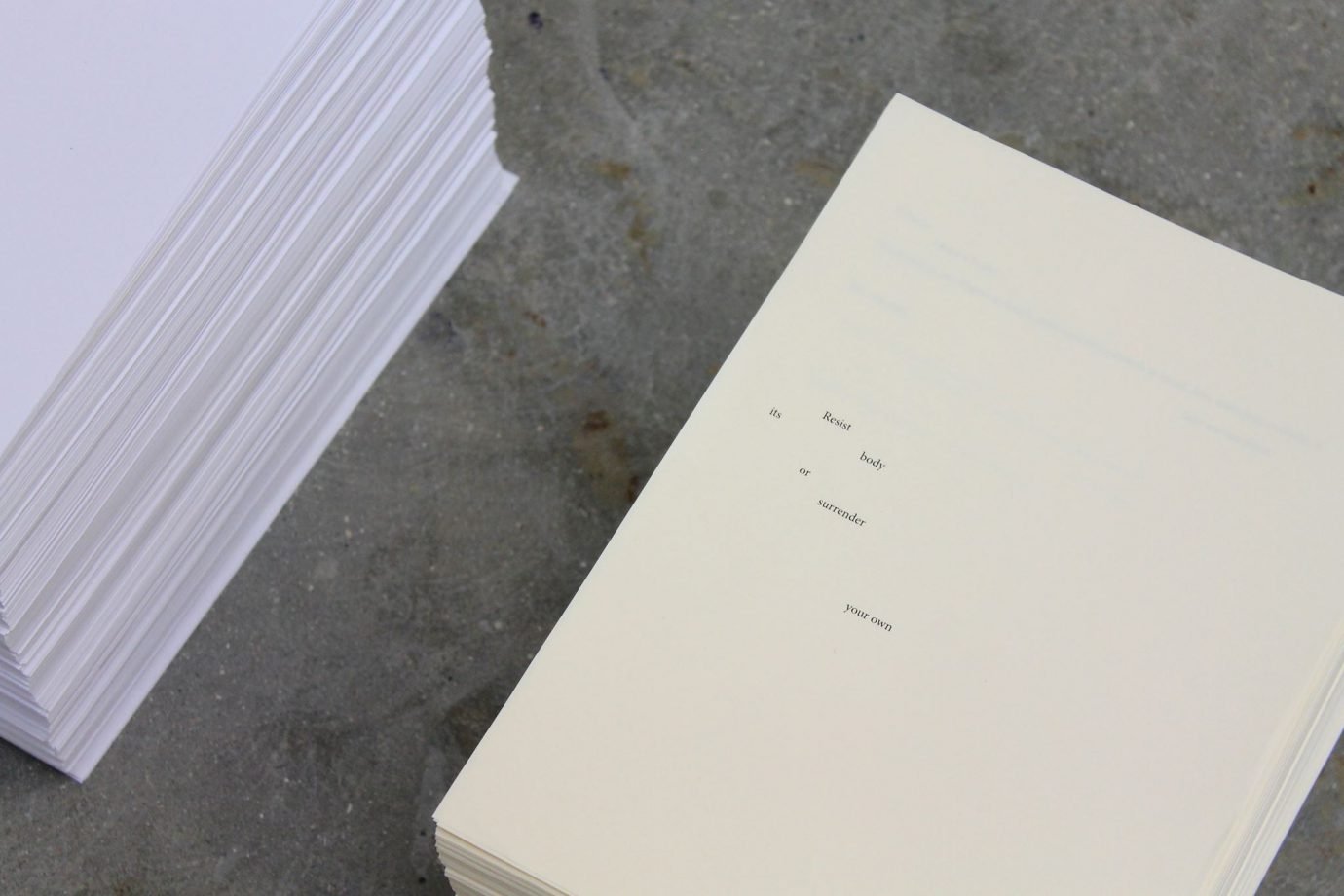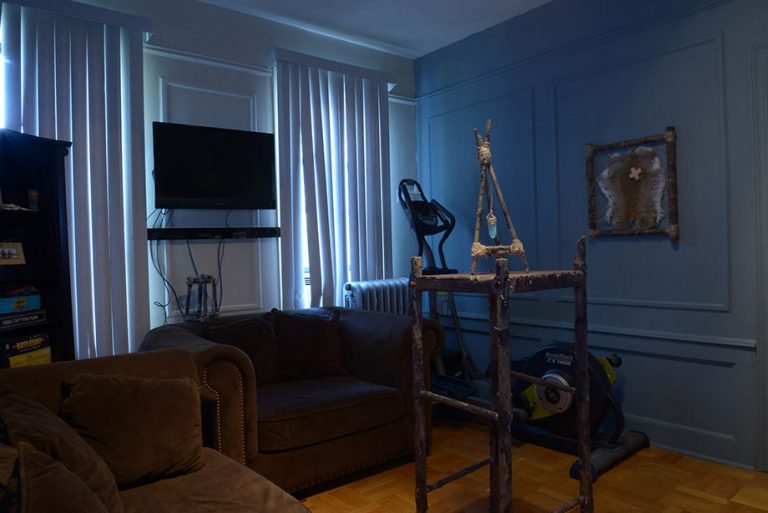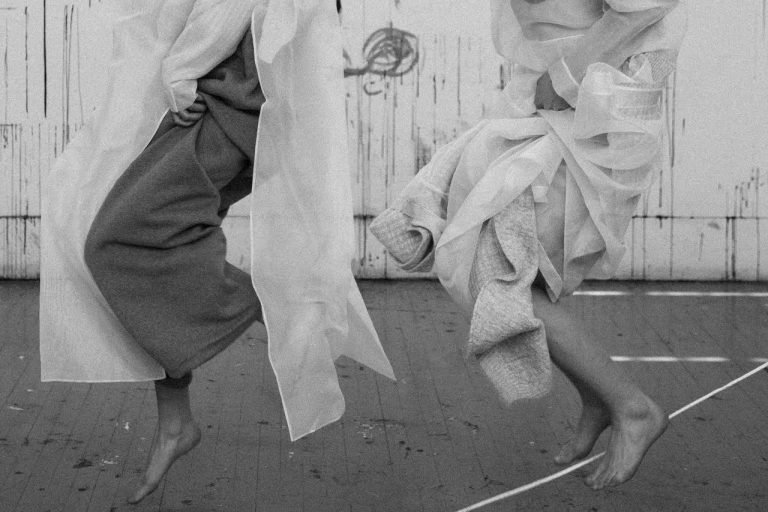1 Granary: Can you give us a little introduction to the exhibition?
Alistair O’Neill: This is the second exhibition that MA Fashion has staged here at the Lethaby Gallery at Central Saint Martins. It’s a continuation from last year’s ‘NUDE’, which was the first time we’ve really attempted to show the work of the MA Fashion graduating students to the public. The MA Fashion show is something that is industry oriented, and even the static portfolio presentations that we do are also for industry and professionals.
What was really exciting this season, is that the CSM show was the most looked at London show on Vogue.com in the week that it took place. It shows that there is really a great appetite for finding out about it. But I’ve always found it really important that you don’t just give the public that information digitally, but you can also allow the public to see these things in the flesh. There is something really fundamental about that, because as much as they’re innovative in their design, they are professionally made and they’ve used really interesting fabrics and unusual material. So the chance to be able to get close to that makes a difference.
And what about its title — Separates?
The title of the exhibition is an old, antiquated term for talking about clothing, not as a full outfit but a series of individual garments, which funnily enough has come back around. A lot of the reviews around Milan Fashion Week were talking about the return of separates as opposed to the full look. But we wanted to play on the work; all of the designers are separate as individuals.

